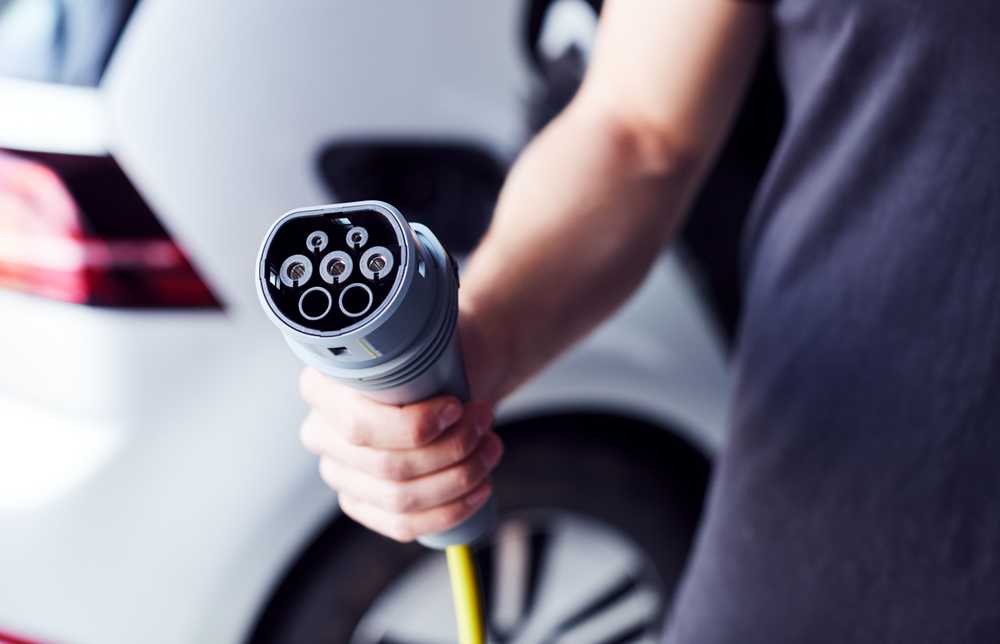AC vs DC Charging for Electric Vehicles: A Technical Perspective

Electric Vehicles (EVs) can be charged using either Alternating Current (AC) or Direct Current (DC) power supplies. The choice between these two methods has significant implications on the charging speed, infrastructure requirements, and power management.
AC Charging: AC charging uses an onboard charger to convert the AC from the grid into DC for storage in the battery. The capacity of the onboard charger (measured in kW) is what limits the charging speed. A typical home charging station will provide AC charging. AC chargers are primarily used for slow charging applications like home and workplace charging, where vehicles can be charged overnight or throughout the day.
AC chargers usually come as single phase 7kW charger or 3 phase 22kW (32Amps) chargers. A single phase 7.4kW chargers can deliver around 48kmper hour.
AC chargers are generally less expensive, easier to install and maintain, but offer slower charging speeds compared to DC fast chargers. The charging speed depends on the capacity of the onboard charger and the output of the AC charging station. The majority of vehicles in the market have an the ability to do up to 11kW such as the Tesla Model 3 and Y.
DC Chargin: DC charging, also known as fast charging, bypasses the onboard charger and provides DC power directly to the vehicle battery. The conversion from AC to DC is done in the charging station itself. Because of this, DC chargers can charge an EV battery much faster than AC chargers. DC charging is typically used in public charging stations where the goal is to charge the vehicle as quickly as possible. DC chargers are more complex and expensive than AC chargers. They require a higher installation cost and more demanding infrastructure requirements, including significant electrical upgrades and cooling systems to manage the heat produced during the charging process.
Consistent use of DC fast charging can degrade the health of the battery over time. In contrast, slower AC charging can be better for long-term battery health, as it reduces heat build-up during the charging process which can cause damage to the battery.
Cost: In terms of cost, AC chargers are less expensive with simpler installation and maintenance while DC chargers have a higher cost, including installation and maintenance, due to greater complexity.
In terms of infrastructure, AC charging does not require significant and costly electrical upgrades, while DC charging requires substantial electrical upgrades and cooling systems.
Which one is right for me? Both AC and DC charging have their unique advantages and disadvantages. The choice between AC and DC charging will often come down to the specific needs of the EV user, including factors such as the required charging speed, available infrastructure, and cost considerations. A general rule is that DC charging is great for public charging and AC for work and home.